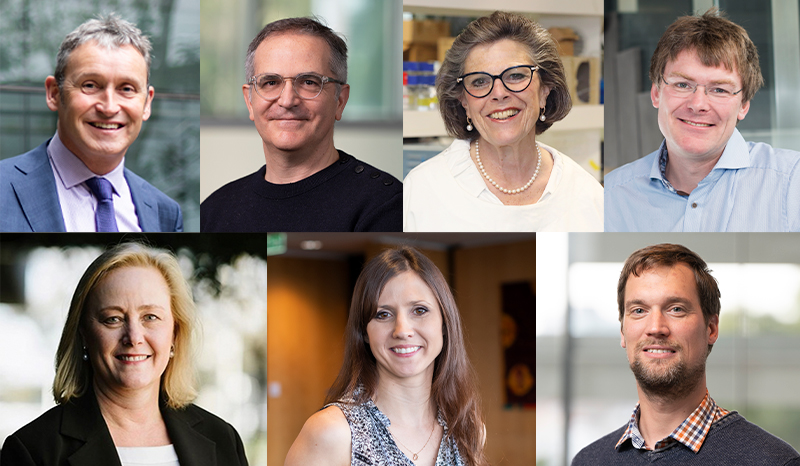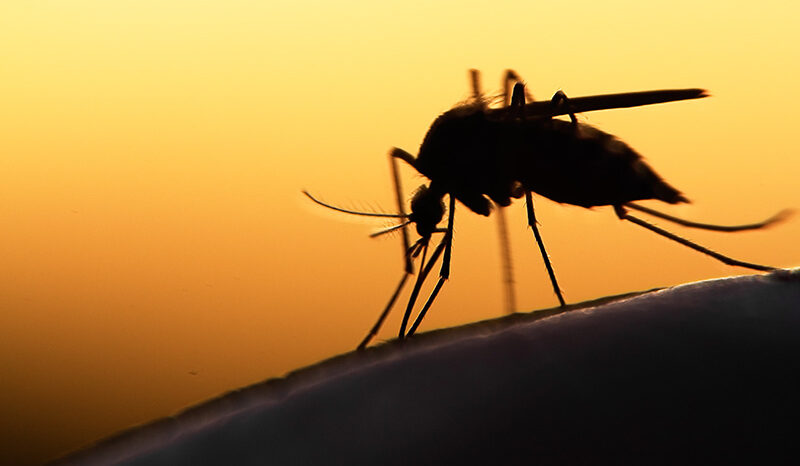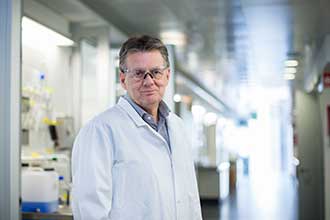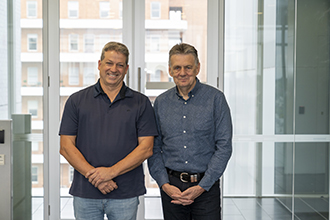We are an interdisciplinary team, combining expertise in cell biology, imaging, structural studies and biological chemistry. The Cowman Laboratory has made major steps in our understanding of malaria pathogenesis. There is a number of Plasmodium spp, but the causative agent of the most lethal form of malaria in humans is P. falciparum. This parasite has been able to develop resistance to most of the antimalarial drugs used to treat and control it and this has resulted in a crisis in the deployment of effective treatments against this disease.
Unravelling the many complicated mechanisms this organism employs to evade these antimalarial drugs and infect, survive and thrive within the human host has been one focus of my research.
We collaborate with multiple scientific institutions both within Australia and around the world and pharmaceutical companies such as Merck & Co., Inc.
We believe that together we can combat malaria.














